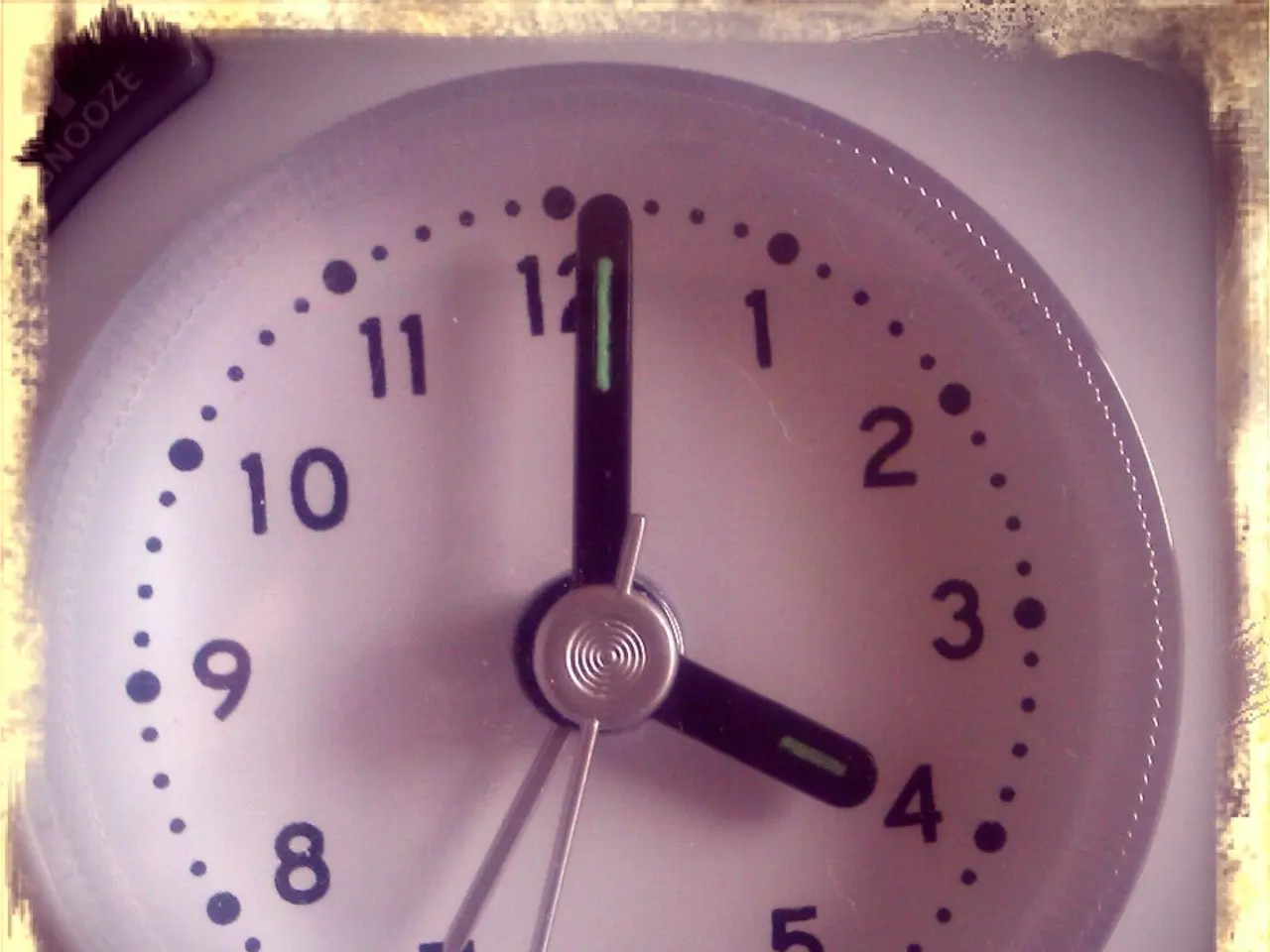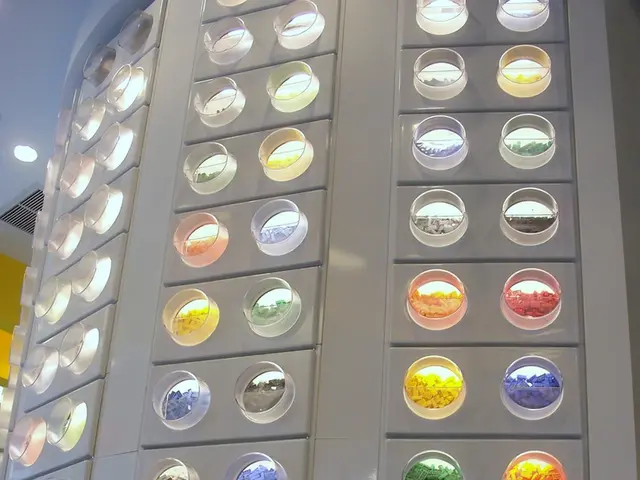Retro 7-Segment Design Revamped with Contemporary Tech Integration
Revamped Report:
Embrace the nostalgia of vintage tech with a modern twist!
Explore the captivating project of [Sebastian], who's reimagined the classic seven-segment display. This DIY gem retains a touch of the classic, mechanical flip-digit tech, but gets an upgrade with contemporary electronics and thoughtful design.
We've seen some intriguing DIY seven-segment displays before, but [Sebastian]'s unique approach makes this one stand out. The enclosure is 3D printed, so you won't need a multicolor 3D printer to craft your own. The true magic lies in the ingenious custom circuit board he's designed. Instead of relying on traditional electromagnets for each flap, this board uses coil traces that toggle the flaps. A clever setup of screws and small magnets keeps the flaps in their positions even when the coils are off, slashing the power needed for this display.
Modularity takes center stage in this project. The initial section includes the ESP32 and RTC, but additional parts can remain unpopulated, allowing you to build multiple segments without duplicating components.
The software elegance doesn't stop at the hardware. The ESP32 running the display hosts a website, allowing you to configure a multitude of options, including the real-time clock, MQTT support, timers, custom API functions, and even firmware updates.
To get a sense of this impressive display in motion, check out the video below and visit his site. Dive into the world of seven-segment displays and embark on a journey of electromechanical artistry united with smart, modern control.
Fun Fact: By utilizing this magnetic-based movement, the display saves power by only using it during state changes, not to maintain the display.
Behind the Curtains:
- Retro Mechanisms: Each flap in the display is a small mechanism that flips to display its on or off state, similar to the old split-flap displays.
- Coil Traces on the Custom PCB: Instead of bulky electromagnets for each flap, the custom PCB itself incorporates coil traces which create a magnetic field when electric current flows through them.
- Permanent Magnets on Flaps: Each flap contains a small permanent magnet that responds to the electromagnetic field generated by the PCB's coils, causing the flap to flip to a new position.
- Magnetic Positioning: The flips occur by toggling the coil's electromagnetic field. Small metal parts like screws or magnetic elements hold each flap firmly in position once it flips, without requiring continuous power.
- Electronic Control and Microcontroller: The onboard microcontroller, typically an ESP32, manages the current through the coil traces via an H-bridge driver circuit. This allows precise toggling of each flap’s position to form the digits on the display. The microcontroller can receive commands over Wi-Fi and support features like real-time clock updates and MQTT messaging.
- Design and Experience: The display is designed in modular blocks, with the first block housing the ESP32 and RTC components and additional blocks relying on connections from the first. The housing is 3D printed with contrasting colors for visible flaps. The display produces a distinctive mechanical clacking sound as it updates – an intended throwback to the past combined with modern, smart control.
- Incorporating creativity and technology, this DIY project showcases a modern take on vintage seven-segment displays, utilizing modular hardware components like custom PCBs and coil traces, powered by gadgets like the ESP32 microcontroller.
- With the clever use of permanent magnets on flaps and magnetic positioning, this project's ingenious design minimizes power consumption, making it an energy-efficient addition to any collection of DIY gadgets and tech enthusiast's hardware.








